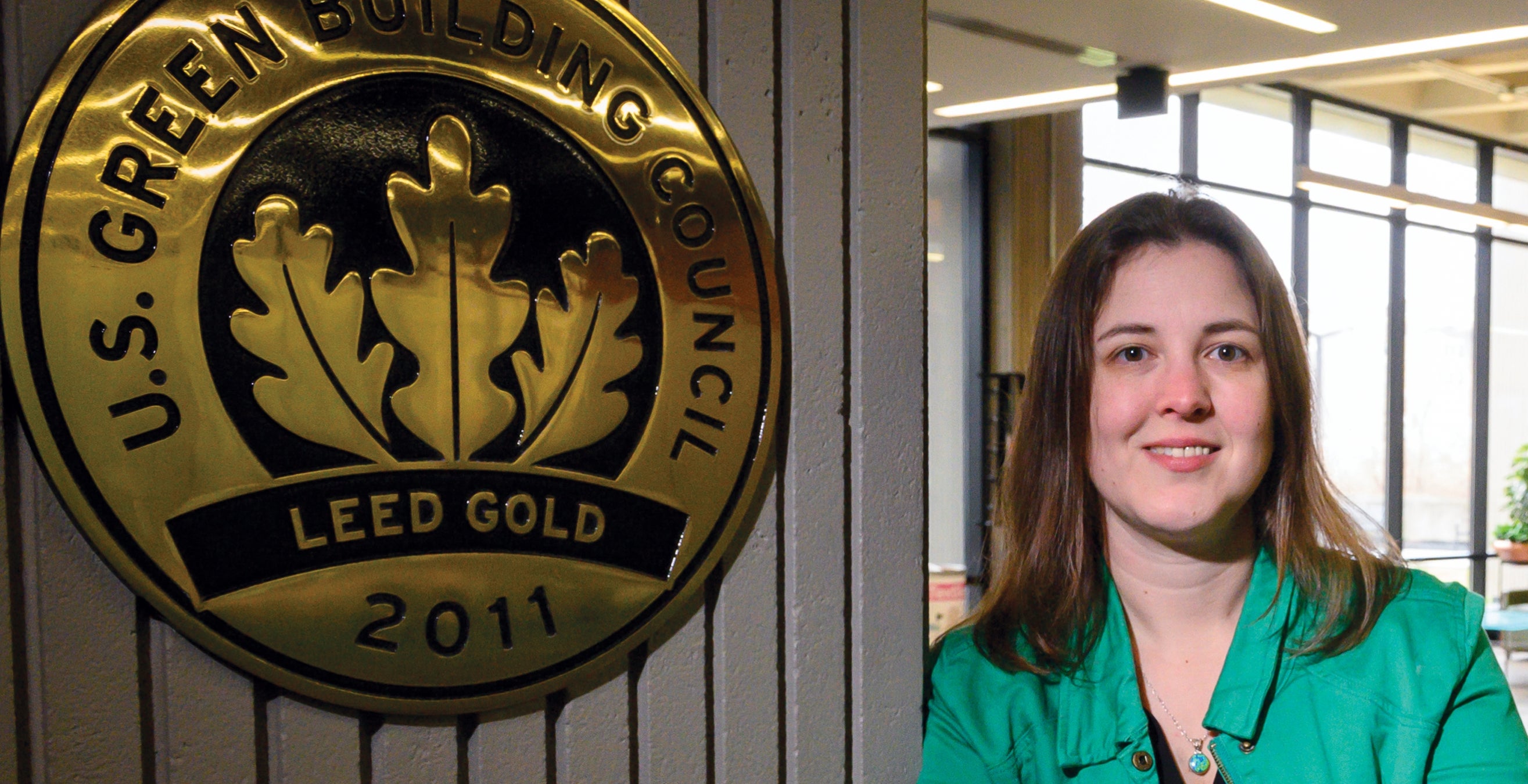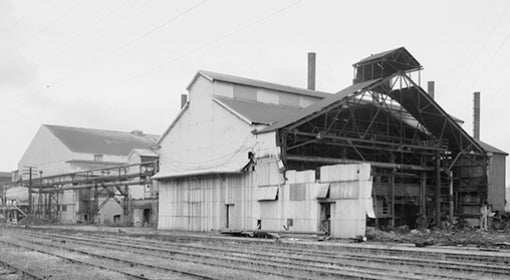Pittsburgh brought American manufacturing to the world stage—but at an environmental cost. As the region resurrected itself from its contaminated rivers and thick smog, the University of Pittsburgh progressed too, nurturing green campuses, championing innovative sustainability efforts and teaching environmental stewardship. Now, as the world confronts the challenges of climate change, Pitt has accelerated its aggressive sustainability plan by announcing a goal to achieve carbon neutrality by 2037.
As Pitt’s first-ever director of sustainability, Aurora Sharrard leads University-wide efforts to infuse green practices into every facet of campus life—and knows exactly what working toward a net-zero carbon footprint means for the University.
Why go carbon neutral?
Chancellor Gallagher likes to say that great institutions stand up to meet the world’s biggest challenges. Climate change is definitely that challenge. We’ve already implemented the “Pitt Sustainability Plan,” which seeks to cut the University’s greenhouse gas emissions in half by 2030. A natural next step is to go carbon neutral. Many institutions have 2050 as their carbon-neutral goal, but we think we can do better.
That gives us just 17 years to reach carbon neutrality. How do we get there?
We’re going to take what we’ve been doing even further, faster—from renewable energy procurement and how we think about travel all the way down to what sort of paper we use. That means making future-facing decisions, like designing natural-light-filled, energy-efficient buildings today, so that the Pitt community of tomorrow can thrive in places they love.
With that in mind, what will the Pitt of 2037 look like?
We’re seeding a culture of sustainability throughout campus, no matter who you are, where you work or what your job is. Although we can attack carbon operationally by doing things like bringing renewable energy sources to campus and growing our tree canopy, we also have to do so through teaching, researching and service—values at the core of our mission as an institution. Ultimately, I hope Pitt will look like a living lab for sustainable solutions.
What are some of the most common misconceptions about the sustainability work that you do?
A lot of people think that sustainability is just carbon, energy, water and landscape, but it’s really the balance of equity, environment and economics. Students were very clear when we were defining what sustainability means to Pitt: This is no longer just about future generations; it’s about us. It’s about Pitt doing what we can on and off campus, and collaborating with other academic institutions, communities, the City of Pittsburgh—making sure we’re increasing prosperity for everyone.
How else can our community members help Pitt be more sustainable?
There’s an opportunity for everybody to contribute to our University-wide sustainability journey simply by sharing ideas with us. Only with the Pitt community’s help can we identify solutions needed for us to create the world we want.
Cover image: Aurora Sharrard
This article appears in the Summer 2020 issue of Pitt Magazine.





